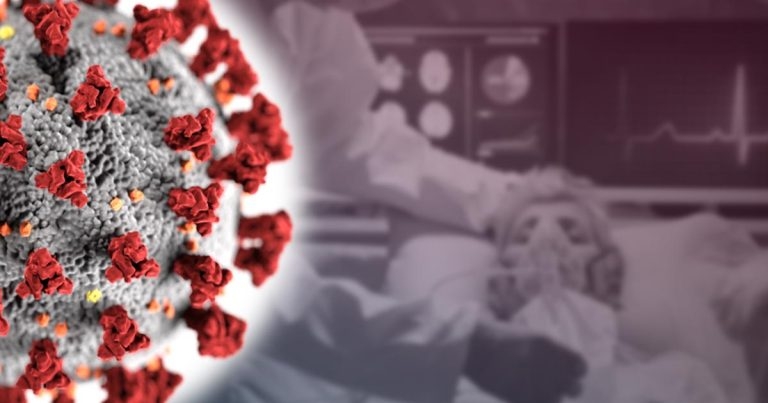22 Jan 2021
Early animal studies by The Pirbright Institute and Oxford have yielded promising results for new potential COVID-19 vaccine.

Veterinary scientists at The Pirbright Institute have shown that Oxford’s new potential vaccine against COVID-19 – RBD-SpyVLP – produces a strong antibody response in mice and pigs.
Although this type of vaccine is not a competitor for the first wave of vaccines, it is hoped it will be useful as a stand-alone vaccine or a booster for those primed with a different COVID-19 vaccine.
The Oxford-produced RBD-SpyVLP vaccine candidate contains part of the SARS-CoV-2 spike protein called the receptor binding domain (RBD), which a range of protective neutralising antibodies can bind to in a way that blocks infection. The RBD is attached to a virus-like particle (VLP) that contains no genetic material using Oxford’s SpyTag/SpyCatcher technology, a kind of protein “superglue”.
This was shown to generate a greater antibody response in mice than administering the RBD alone. Pirbright researchers tested the RBD-SpyVLP vaccine in pigs as a large animal model to establish if different dosages would affect the immune response.
The research demonstrated that RBD-SpyVLP produces a strong neutralising antibody response.
No difference was found in the magnitude of antibody response when comparing vaccine dose levels, suggesting the smaller dose tested, which is the same as intended for human administration, may provide equal protection to larger doses or that even lower doses of the vaccine could be effective. Pirbright’s pig model has previously been used to test Oxford’s ChAdOx1 nCoV-19 (AZD1222) vaccine, which demonstrated that two doses produced a stronger immune response in pigs than one. Pigs have similar immune, respiratory and physiological characteristics to humans, and can therefore provide vital knowledge about the response to candidate vaccines that can inform human clinical trials.
This model has been shown to predict vaccine outcome in humans – particularly in influenza studies.
Simon Graham, who led the pig studies at Pirbright, said: “These results offer valuable insights into the kind of immune responses that the RBD-SpyVLP vaccine could trigger in humans. Further understanding the dose required to elicit a strong immune response is key for the progression of vaccine development and scaling up for manufacture.”